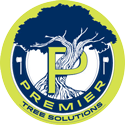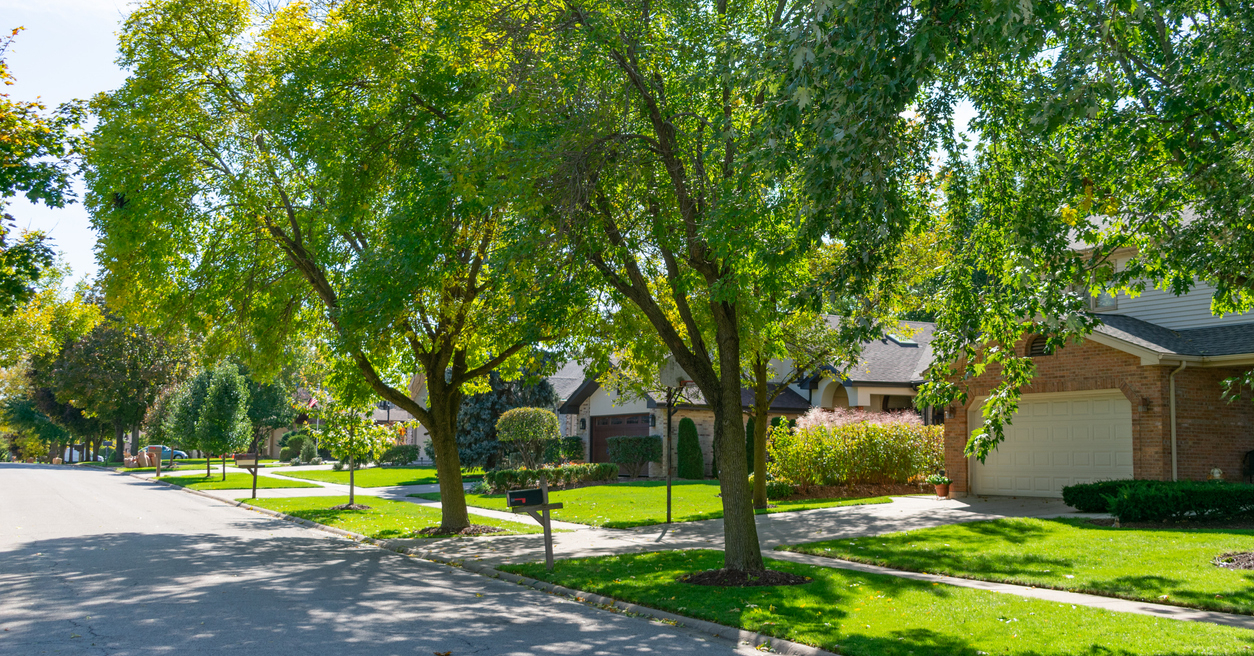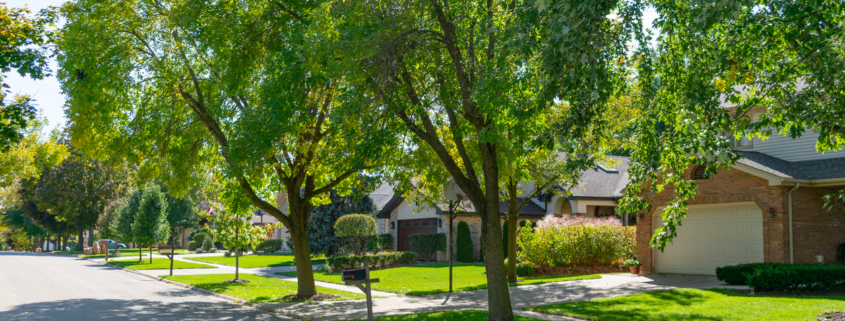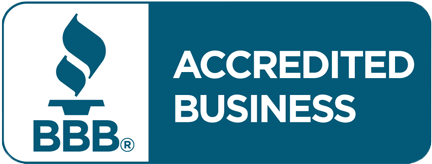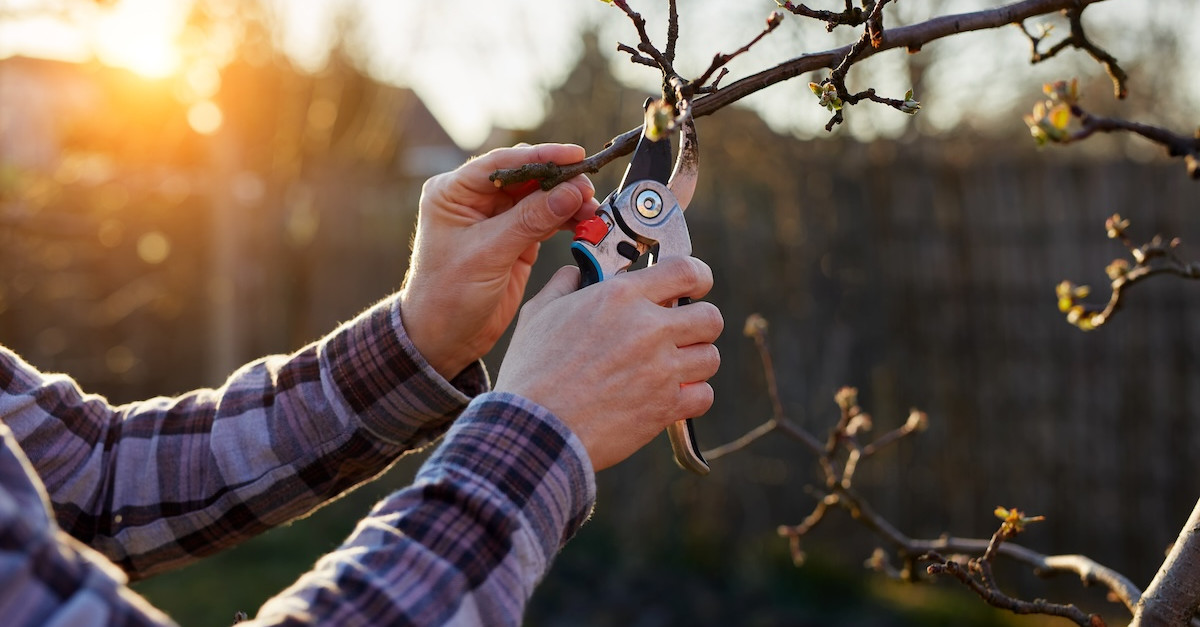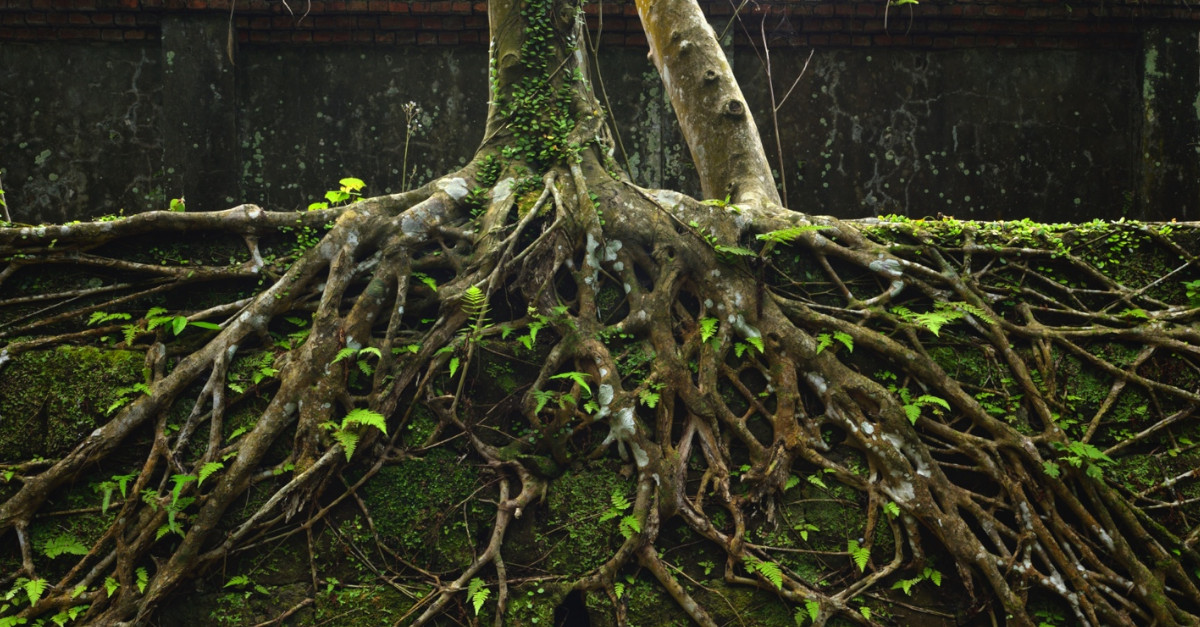Buying a Home with Trees? Here’s How to Factor in Long-Term Tree Care Costs
House hunting is exciting, but as you’re weighing floor plans and reno options, don’t forget to look outside, specifically, at the trees.
Whether you’re smitten with a shady backyard or wowed by a street lined with mature oaks, there’s a bit more to consider than how pretty those leafy giants look. Here’s what you should know before sealing the deal on a tree-heavy property.
How Much Do Trees Affect Property Value?
With perks like noise control, soothing shade, and natural privacy, it’s no surprise that trees can drive up the price of your property compared to similar homes with sparse landscapes. But, depending on the age, type, and location of your leafy lawn enhancements, you could be looking at additional costs for maintenance down the road.
Estimating tree-related costs before you buy a home can save you from major surprises down the road. Let’s break it down.
How to Estimate for Tree Service
Do a Quick Count
How many trees are on the property in question? A dozen young saplings will have different care needs (and costs) compared to five towering, decades-old pines. In general, more trees will mean more upkeep.
Consider Type and Condition
Different species carry unique needs, too. Willows, elms, and silver maples are notorious for weak limbs and fast growth (meaning more pruning). Oaks and pines tend to be lower maintenance, but will still need occasional checkups.
And then there’s the health factor: Are the trees lush and lively, or are there signs of rot, fungal growth, or dead limbs? If you’re unsure, consider scheduling a professional assessment during the home inspection process.
Prepare for Pruning
Pruning isn’t just for aesthetics; it’s essential for safety and tree health. Expect to pay for this service for each tree every one to three years, and note that costs will vary based on size and accessibility. With a ladder and some know-how, you might be able to DIY smaller trees, but call the pros for anything overhead or near structures.
Plan for Tree Removal
If a tree is diseased, damaged, or dangerously close to your home, removal may be inevitable. Like pruning, costs vary by the size and location, but consultation with our experts will provide a thorough estimate.
Set Aside Funds for Storm Damage
Even healthy trees can sustain damage in severe storms. Having an emergency tree service budget (and knowing who to call) is a smart move.
Think About Yard Work
Everyone loves the look of a leafy canopy, but not so much the mess it makes. Deciduous trees may gift you with golden fall foliage… and then dump it all over your lawn. If you’re not up for weekend rake-a-thons, be sure to budget for leaf removal.
Should You Buy a House with Trees?
Ultimately, only you can decide if the benefits of trees outweigh the costs of care for your future home. Here are a few questions to ask yourself:
- Is there enough wiggle room in your budget to comfortably cover routine tree care?
- Do the trees on this property offer benefits like shade, privacy, or curb appeal?
- Are there any problem trees that will need to be addressed soon?
- Are the trees likely to create extra yard work?
- How close are the trees to structural units or utilities?
Schedule a Consultation With Premier Tree Solutions
Of course, we’re partial to residences rich with trees, and whether you’ve just moved in or you’re a seasoned homeowner, we can help with all of your maintenance and removal needs. Premier Tree Solutions is your source for tree expertise and services to keep your property safe and beautiful. To request an estimate, send us a message online or call 404.252.6448.
